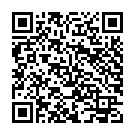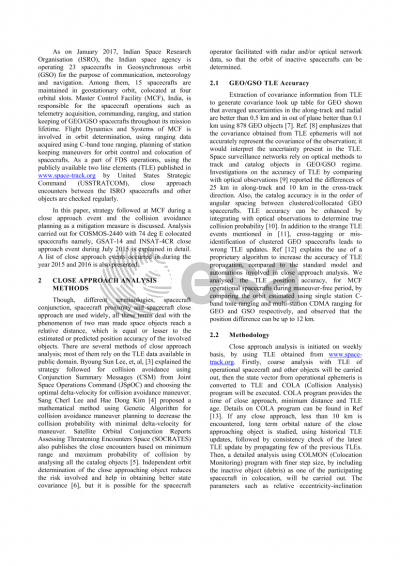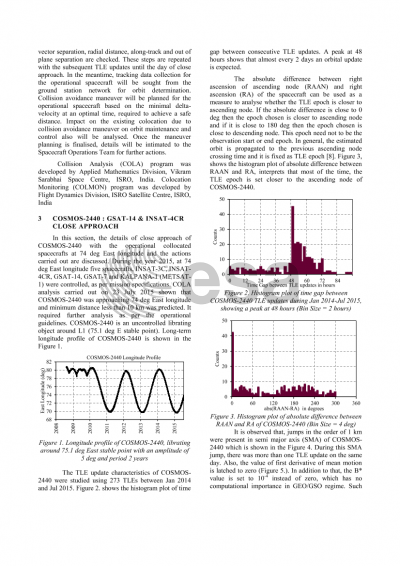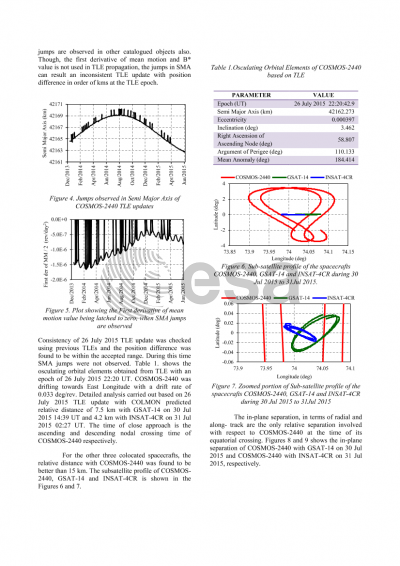Document details

Abstract
Presently, Indian Space Research Organisation (ISRO), India, has been operating several communication, meteorological and navigational spacecrafts in geostationary (GEO) and geosynchronous (GSO) orbital regime. Master Control Facility (MCF), India, is the prime center for spacecraft operations during launch, orbit raising, in orbit testing, on orbit and end of life phases of GEO/GSO missions. MCF is also responsible for the orbit determination, orbit maintenance, orbit control and colocation of spacecrafts. MCF regularly monitors the close approach of objects in GEO/GSO based on publicly available two line elements (TLE) for debris objects and orbit determined (OD) using radio ranging for operational spacecrafts.
Occasionally, the uncontrolled objects approach close - in distance to the operational spacecraft and the risk of collision exists. Collision avoidance involves detection of close approach, risk assessment and mitigation measures, to be executed for smooth and safe space operations. In this paper, the practice and strategy followed at MCF, while a close approach to an operational spacecraft by orbital debris is encountered during on orbit as well as station acquisition phase, will be discussed. The long term orbital profile of the threat object, based on historical TLE, provide the genuineness of latest TLE update and close approach situational awareness. Since, more than one spacecraft is positioned and maintained at same mean longitude at GEO height, the impact of close approach and collision avoidance maneuver on other colocated spacecrafts also has to be envisaged and analyzed. Moreover, the uncertainties present in the TLE and OD impose a major hindrance in planning the collision avoidance mitigation measures. We also present here, a list of close approaches encountered with the operational Indian geostationary satellites in recent past. A database of such events would help in improving the analysis and actions on spacecraft operations.
Preview







